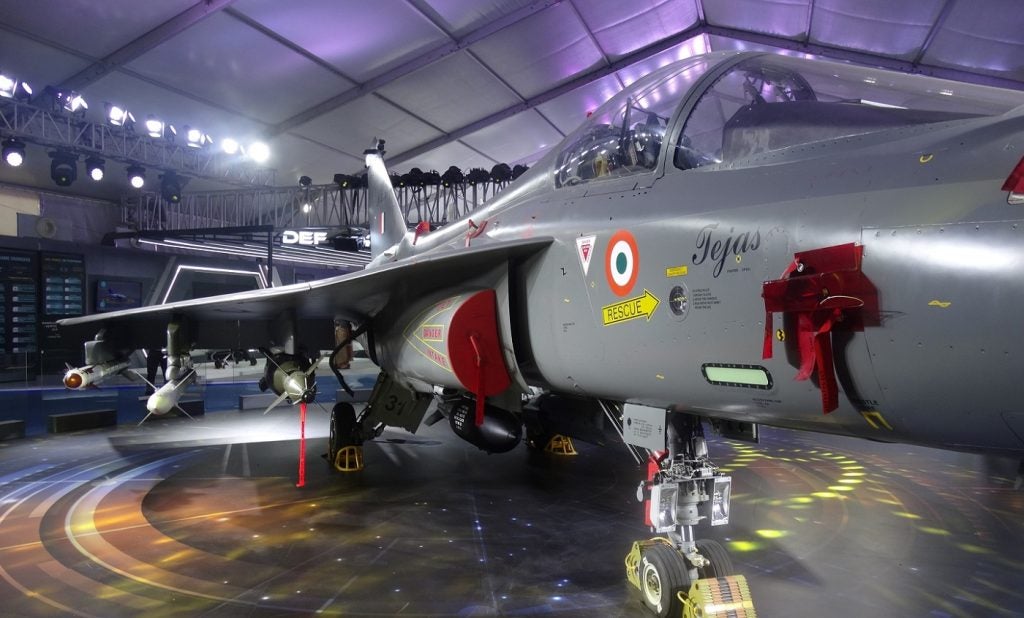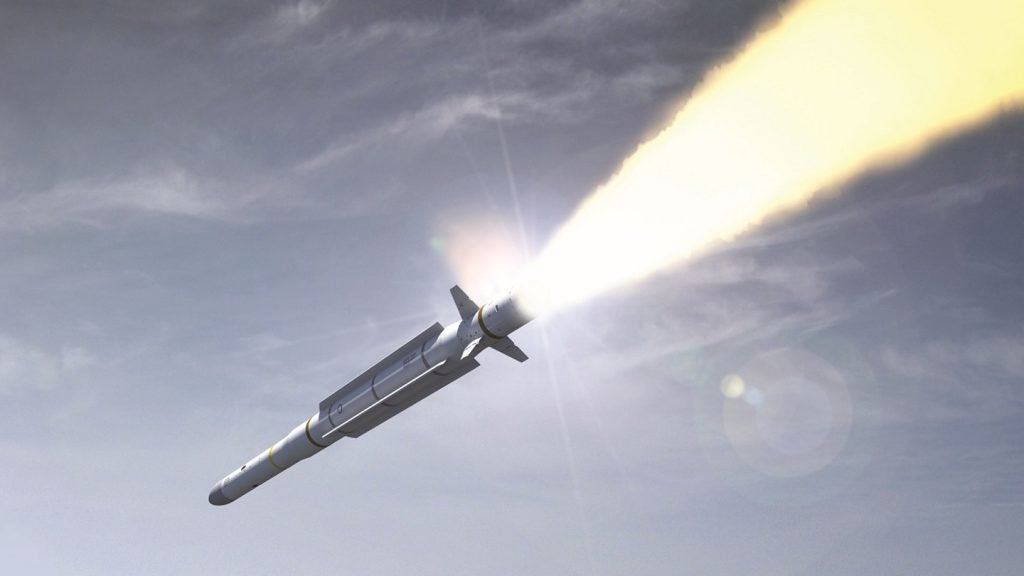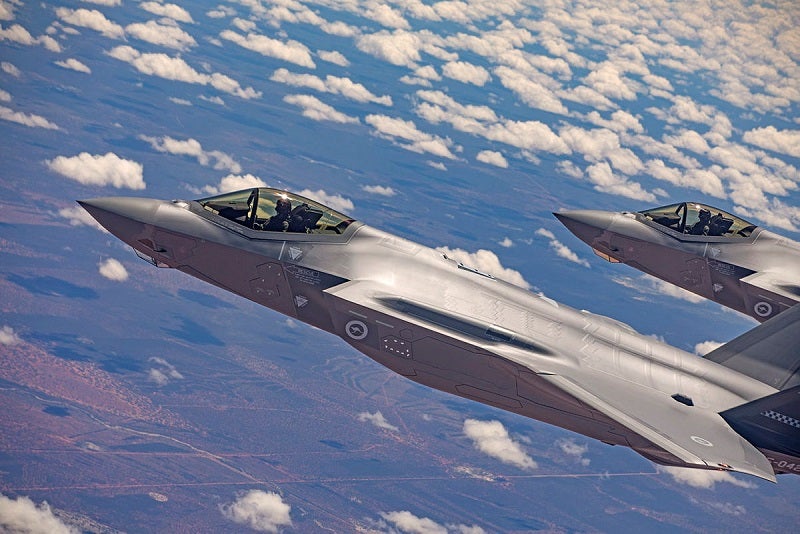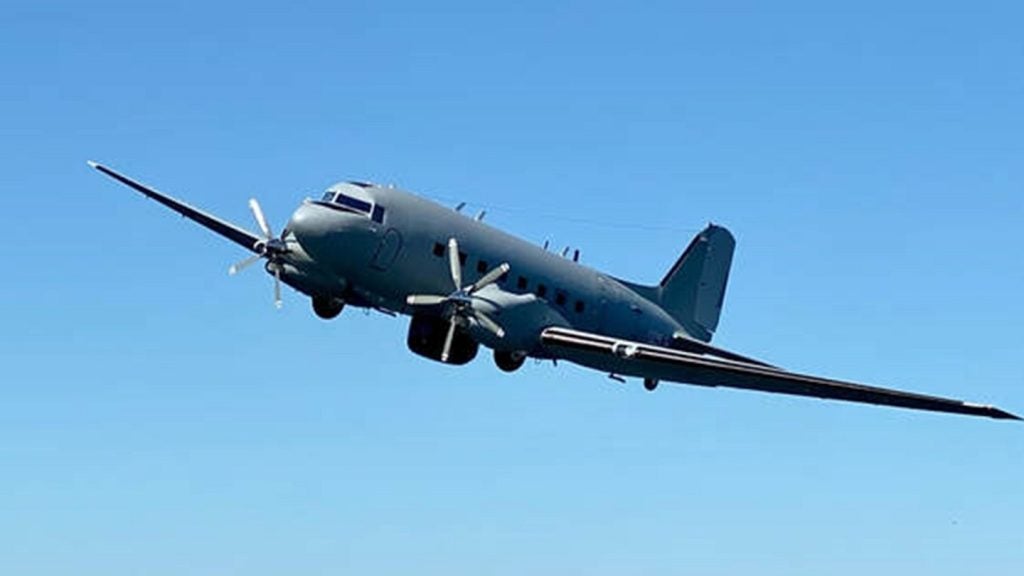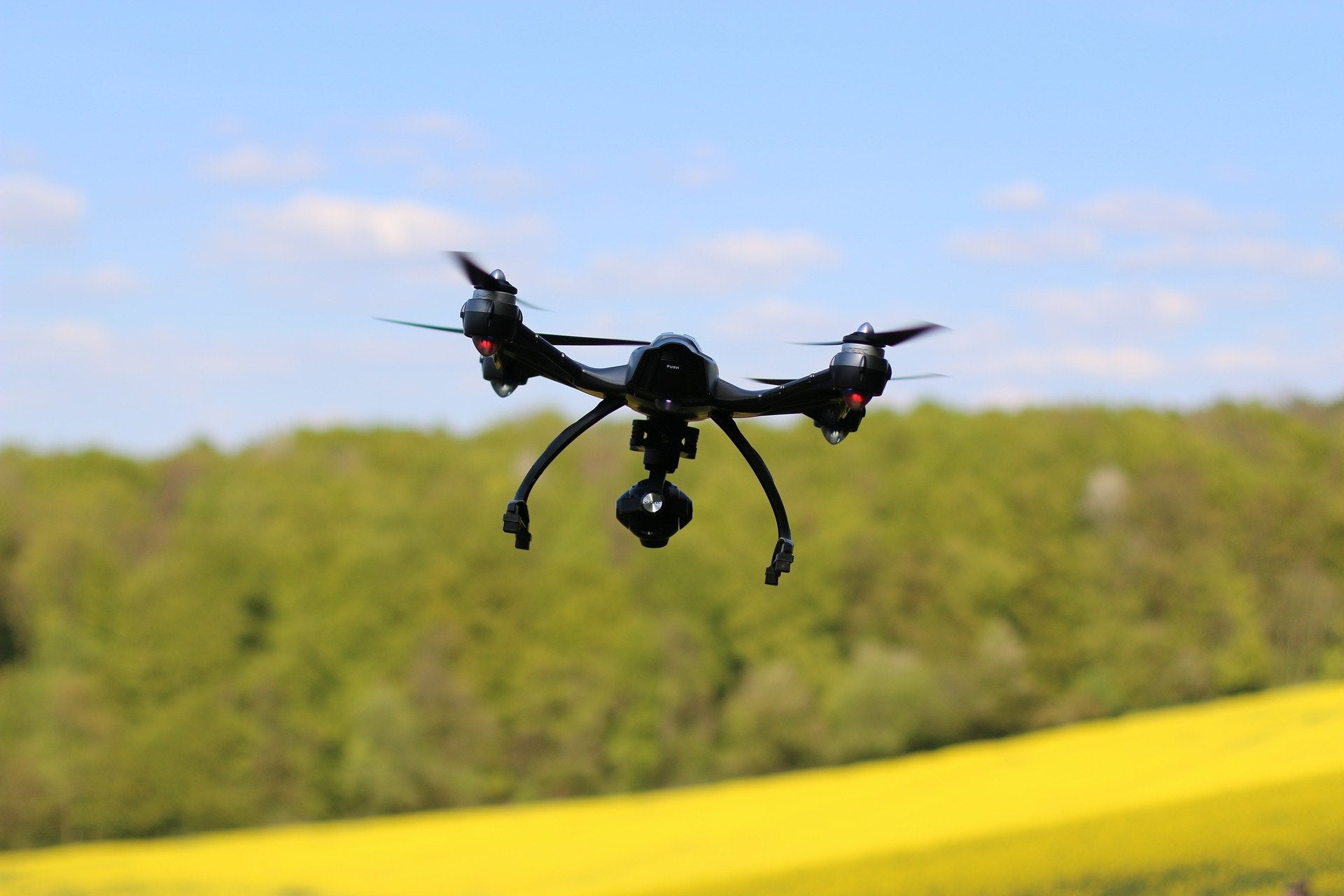
The Indian Air Force (IAF) has reportedly floated a request for information (RFI) for the procurement of counter-unmanned aircraft systems (CUAS).
Eligible companies based in India are invited to participate in the process.
According to the RFI, the selection and procurement process will commence in the third quarter of 2021.
The IAF is planning to acquire a total of ten systems that will be deployed at various airbases in the country.
Participants are required to provide delivery dates in their applications as the service aims to take receipt of all the units within one year of signing the contract.
The IAF is seeking a ‘multi-sensor, multi-kill’ CUAS solution equipped with active phased array radars with 360-degree coverage, Global Navigation Satellite Jammer System (GNSS), Radio Frequency (RF) sensors and more advanced technologies.
How well do you really know your competitors?
Access the most comprehensive Company Profiles on the market, powered by GlobalData. Save hours of research. Gain competitive edge.

Thank you!
Your download email will arrive shortly
Not ready to buy yet? Download a free sample
We are confident about the unique quality of our Company Profiles. However, we want you to make the most beneficial decision for your business, so we offer a free sample that you can download by submitting the below form
By GlobalDataIn the RFI, the IAF stated: “The CUAS is intended to detect, track, identify, designate and neutralise hostile UAS. Laser-Directed Energy Weapons (Laser-DEWs) are essentially required as a kill option.”
“It should provide a multi-sensor, multi-kill solution to enforce effective no-fly zones for unmanned aircraft while inflicting minimal collateral damage to the surrounding environment. It should generate a composite air situational picture for the operator and generate alerts based on user-defined parameters.”
The CUAS RFI follows the drone terror strike on 27 June.
The attack was carried on the Jammu Air Force Station where two unmanned aerial vehicles were used to drop bombs.



